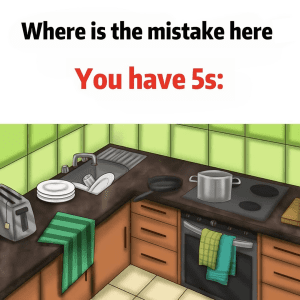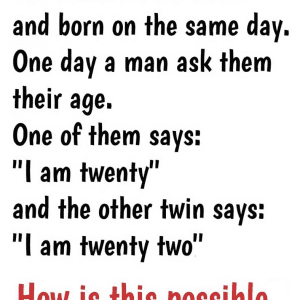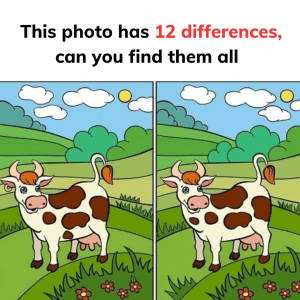Everyone loves a good puzzle, right? They’re more than just a pastime; they’re a way to engage your mind, sharpen your focus, and even enhance your problem-solving skills. Today, we’re diving into a classic puzzle featuring a large, incomplete bone surrounded by various smaller pieces. Your mission, should you choose to accept it, is to find the piece that completes the bone perfectly.

Let’s face it—puzzles can sometimes trip us up, especially when pieces look deceptively similar. Here are a few common pitfalls to keep an eye on as you work through this bone puzzle:
Overlooking Small Details:
At first glance, a piece may seem like it fits perfectly, but even small notches and curves can make a difference. Give each piece a closer look to ensure it has the right features.
Rushing to Finish:
It’s tempting to speed through the puzzle, but sometimes it pays to slow down and consider each piece carefully. This puzzle isn’t just about speed; it’s about accuracy.
Assuming Symmetry:
Not all pieces are symmetrical, even if they look that way. Don’t rely solely on the outer edge of a piece—check how well it fits within the contours of the empty space.
Ignoring Orientation:
Some pieces seem like they’ll fit until you rotate them. Make sure you view each piece from multiple angles before making a decision.
Ready to tackle the puzzle? Let’s break down a systematic approach to finding the right piece:
Step 1: Visualize the Missing Shape
The missing part of the bone has a distinct shape with unique notches and curves. Before you start testing pieces, take a moment to picture the shape that would fit this space. This mental image will help you eliminate pieces that clearly don’t match the general outline.
Step 2: Analyze Each Piece One by One
Begin with the first piece and work your way through to the last one. Observe each piece’s shape, rotating it to see how it aligns with the missing section. This step requires patience, but it’s crucial for accuracy.
Step 3: Eliminate the Obvious Non-Fits
Some pieces can be ruled out immediately because they’re either too large, too small, or have edges that don’t align. For instance:
- Pieces like #2, #3, and #6 have irregular shapes that don’t match the bone’s smooth curves.
- Piece #12 has a pointed edge, which isn’t suitable for the space that requires softer curves.
Step 4: Test the Promising Pieces
After eliminating the non-fits, you should have a few pieces left that look like they could work. Place each one mentally (or physically if you have the puzzle) into the missing area, adjusting the rotation to see if it matches the contours.
Step 5: Find the Perfect Fit
As you test the remaining pieces, you’ll likely find that piece #7 is the ideal match. It aligns with the bone’s curvature, fitting snugly without any gaps. Its shape complements the missing area perfectly, making it the best candidate for completing the bone puzzle.
Piece #7: The Right Solution

Piece #7 stands out for a reason—it matches the size, shape, and curves required to fill in the missing part of the large bone. Unlike the other pieces, it fits seamlessly without leaving any extra space. The careful alignment of this piece confirms it as the correct choice, bringing a satisfying end to the puzzle.
Were you able to solve the puzzle on your first try, or did it take a few attempts? Either way, the journey is part of the reward. Share your experience with others, and let them know how long it took you to find the right piece!
Puzzles aren’t just games; they’re mental exercises that keep your brain fit and agile. With every puzzle you solve, you’re training your mind to think critically, notice details, and work through challenges patiently. Whether you’re doing it for fun or to stay sharp, puzzles like this bone challenge offer a unique way to stretch your cognitive muscles.
The next time you’re in the mood for a mental workout, grab a puzzle and see where it takes you. Remember, each puzzle you solve is a testament to your patience, focus, and problem-solving prowess. And if you found piece #7 on your first try, give yourself a pat on the back—you’re already a puzzle pro!


